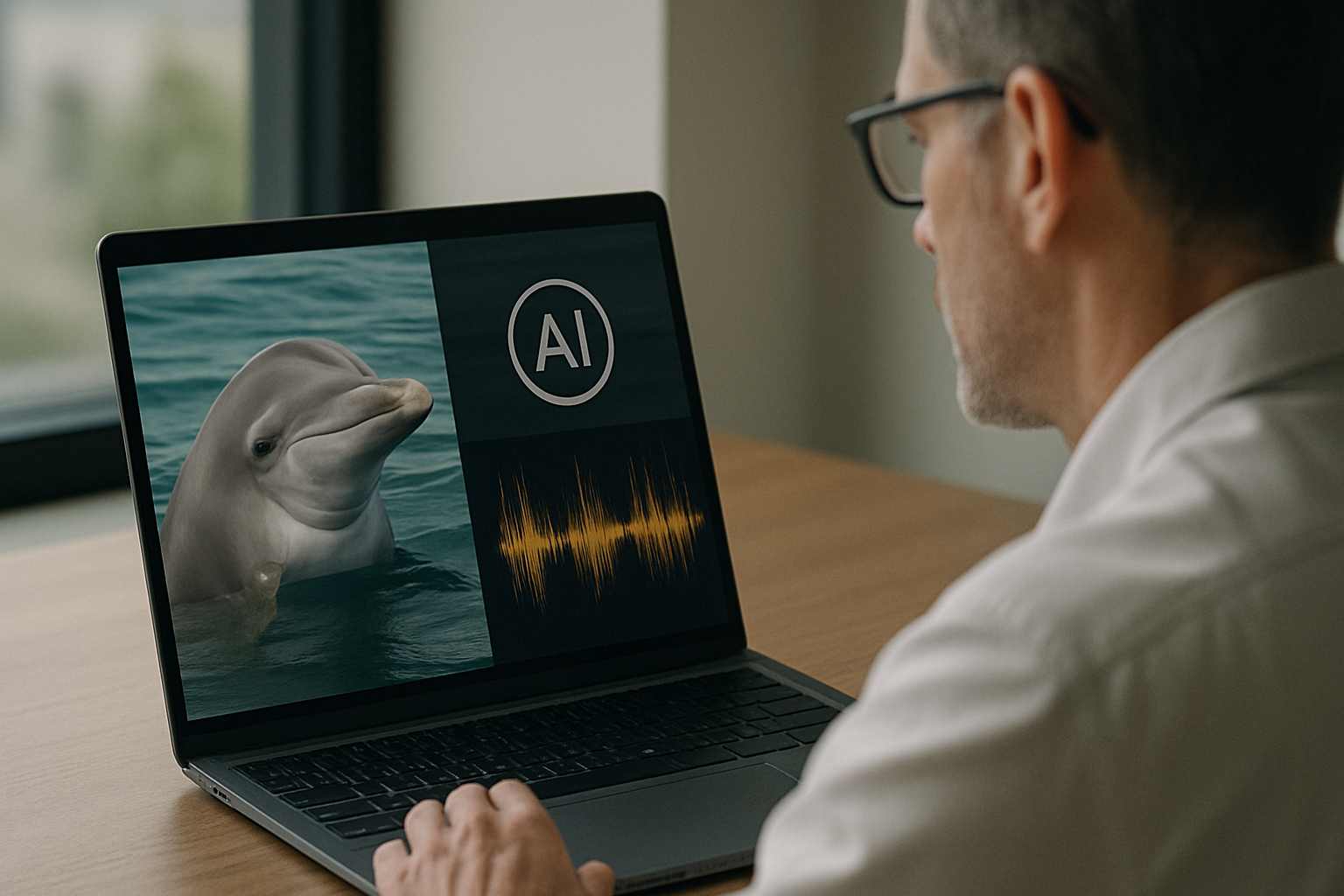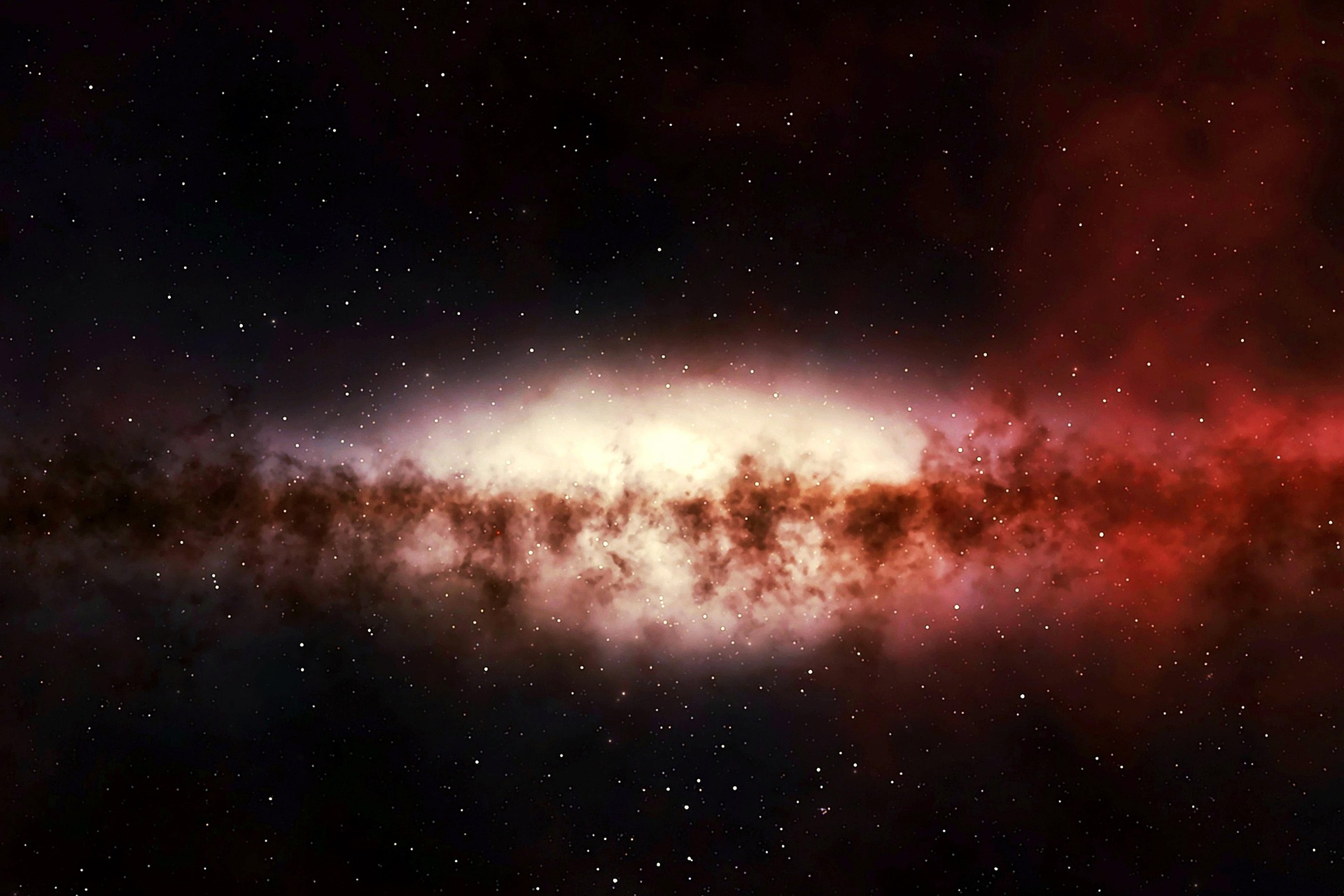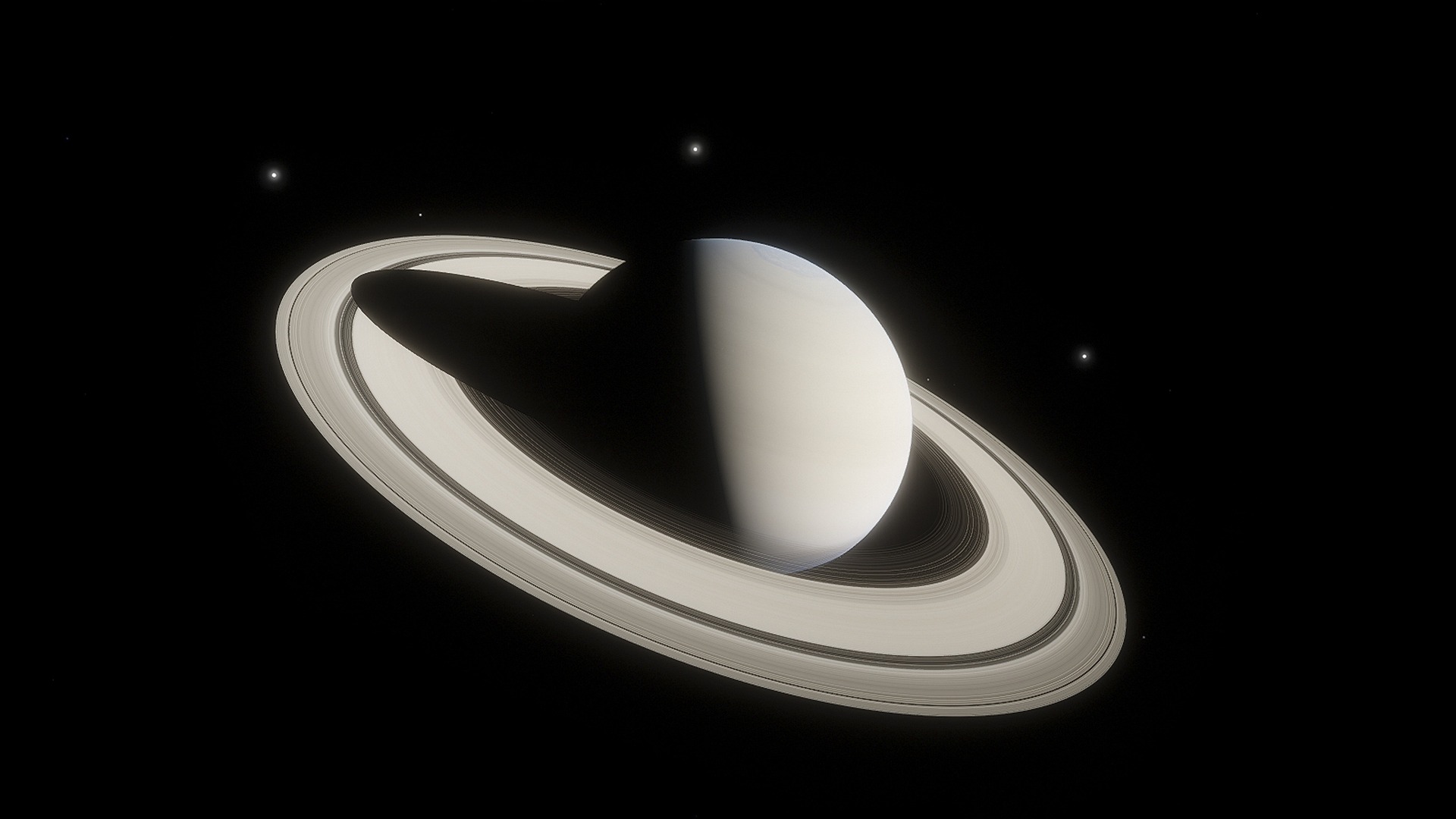In a major leap forward for space science, the James Webb Space Telescope (JWST) has directly detected carbon dioxide in the atmosphere of an exoplanet in the HR 8799 system, located 130 light-years from Earth. This marks the first time such a detection has been made through direct imaging beyond our solar system and represents a critical step in understanding the chemistry of distant worlds.
A milestone in atmospheric detection
The HR 8799 system has long been a target of interest for astronomers. It is one of the few known systems where multiple gas giant exoplanets have been directly imaged. Using its powerful mid-infrared instrumentation, JWST captured data from one of the system’s four known exoplanets—likely HR 8799 c or d—and revealed the clear spectral signature of carbon dioxide in its atmosphere.
This detection is not only scientifically significant but also technically remarkable. It demonstrates Webb’s capacity to identify specific molecules in exoplanet atmospheres, even under challenging observational conditions. The use of direct imaging, rather than relying solely on transit or radial velocity methods, allowed astronomers to isolate the planet’s light and analyze its composition with unprecedented precision.
What carbon dioxide tells us
Carbon dioxide is more than just a component of planetary atmospheres—it’s a clue. Its presence suggests complex chemical processes and opens the door to further investigations into the planet’s temperature, pressure, and overall climate. While carbon dioxide alone is not an indicator of life, it is one of the essential building blocks for habitability assessments. Its detection provides vital context for how planets form and evolve, especially in multi-planet systems like HR 8799.
The ability to detect this gas in the atmosphere of a non-transiting planet is a major advancement. Previous detections of atmospheric gases in exoplanets have mostly depended on the planet passing in front of its star. JWST’s success in directly identifying atmospheric components without this alignment expands the range of planets that can be studied in depth.
Implications for habitability and exoplanet science
Though HR 8799’s gas giants are not considered candidates for life as we know it, the technology and methods used in this detection lay the groundwork for studying smaller, rocky exoplanets in the future. By refining our understanding of atmospheric composition, astronomers are now better equipped to evaluate planets that may lie within their star’s habitable zone.
This discovery also sets the stage for comparative exoplanetology—analyzing how atmospheres vary between different planets and what those differences reveal about their formation, history, and potential to support life. The detection of carbon dioxide is a foundational achievement that will inform upcoming studies targeting water vapor, methane, and other key molecules.
A new era in planetary exploration
With each observation, the James Webb Space Telescope continues to surpass expectations, offering glimpses into the distant corners of our galaxy with unmatched clarity. The detection of carbon dioxide in the HR 8799 system is more than a single scientific result—it’s a demonstration of what is now possible. As JWST continues its mission, it will play a pivotal role in decoding the atmospheres of exoplanets, helping us move closer to answering one of the most profound questions of our time: Are we alone in the universe?





